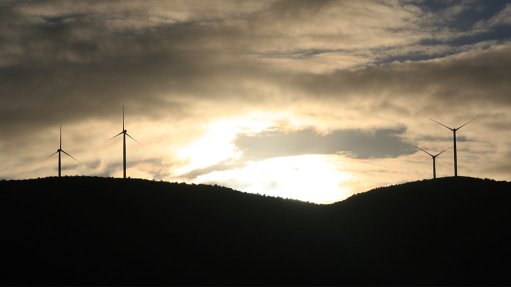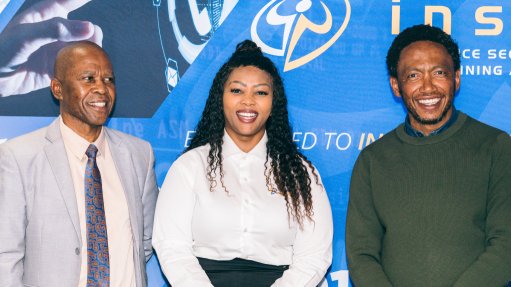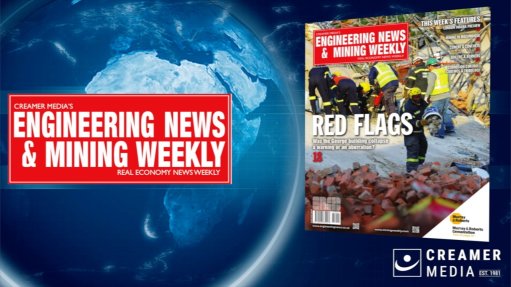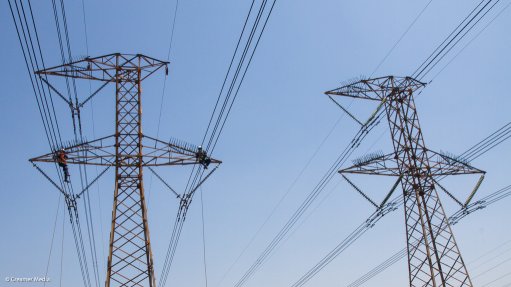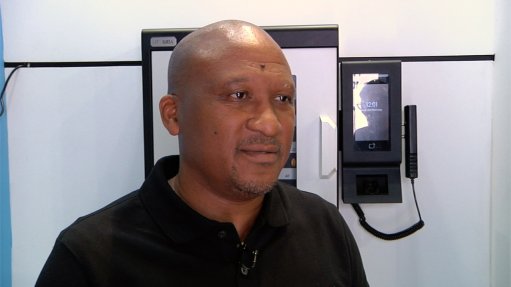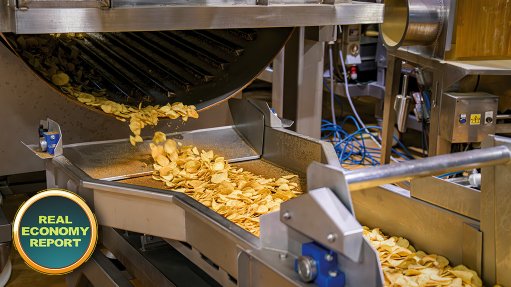Planetarium’s upgrade to ‘Digital Dome’ seeks to inspire new generation of scientists


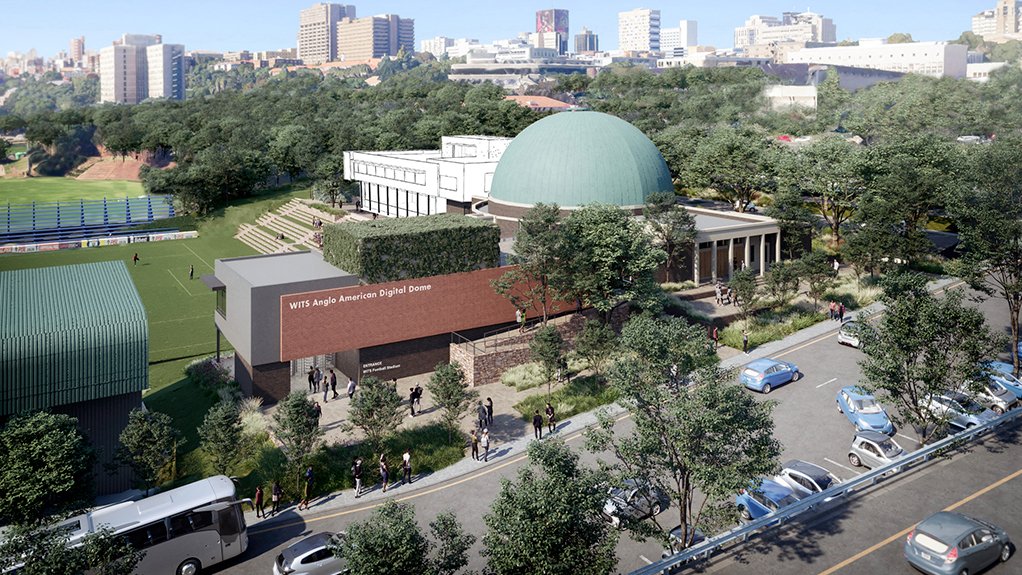
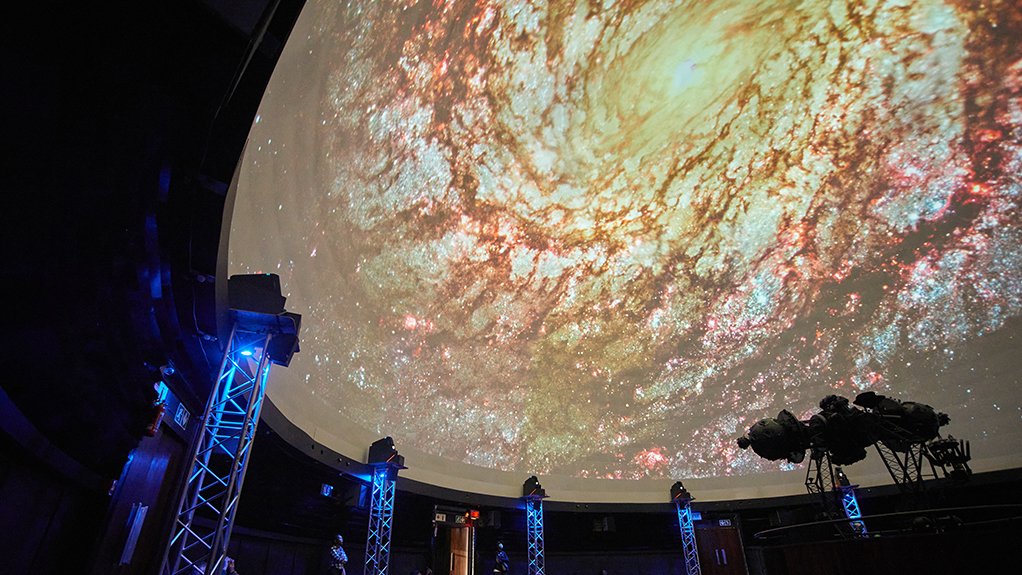


WITS DIGITAL DOME The Planetarium is being rebuilt this year into the Wits Anglo American Digital Dome
SCIENCE SHOWS The Digital Dome will host astronomy shows but also other science shows, which will all be created through research-led efforts
MILKY WAY CENTRE Viewers can explore our own Milky Way galaxy and can be taken to the centre of the galaxy to explore the extreme physics that takes place there
RADIO ASTRONOMY A radio astronomy survey of a galaxy cluster
The venerable Planetarium, on Yale road on the University of the Witwatersrand (Wits) campus, in Johannesburg, is being transformed into a Digital Dome to not only provide visitors with awe-inspiring shows about the cosmos but also inspire a new generation of scientists and engineers to overcome the challenges facing the world.
The shows that will be produced are not simply three-dimensional movies, but are digital resources based on science that are produced through close collaboration between scientists, researchers and digital artists, explains Wits Faculty of Science dean Professor Nithaya Chetty.
“For example, a digital show created about our solar system will enable the operator to take the audience to Mercury, or the dark side of the Moon or Saturn’s rings, or to explore the Earth’s magnetic field and how it interacts with the solar wind – all based on scientific data captured through telescopes, radiotelescopes, probes, satellites and experiments,” he highlights.
The visuals that will be displayed in the Digital Dome, when it opens in 2024, are calculated in real time and based on solid science, meaning that the audiences are virtual explorers of a scientific theme.
“Another typical astronomy show would explore our own Milky Way galaxy, giving a view of its scale and layout, or viewers can be taken to the centre of the galaxy and explore the extreme physics that takes place around the supermassive black hole. This is cutting- edge research in which South African scientists are participating, including through the international Square Kilometre Array (SKA) radio telescope project,” Chetty says.
Just in our cosmic neighbourhood – the Milky Way galaxy – there are at least 100- billion stars, says Wits Centre for Astrophysics director and SKA chair in radio astronomy Professor Roger Deane.
On average, each star in the Milky Way is estimated to have at least one planet orbiting it, according to the US National Aeronautics and Space Administration website.
“The Milky Way is but one of billions of galaxies in the universe, each with billions of stars,” emphasises Deane.
The digital transformation of the Planetarium holds the same potential for its astronomy shows as digital transformation does for industries, for government and for people’s daily lives, and also holds similar potential for exploring other branches of science, he explains.
Additionally, the American Museum of Natural History, in New York, will donate six astronomy and science exploration shows to the Wits Anglo American Digital Dome. They cost about $1-million each to produce, but are invaluable, as they are digital resources that will enable operators to explore many aspects of each show’s theme, whether the solar system, the Milky Way or cosmic phenomena such as supernovae, highlights Chetty.
Science Stories
Other scientific shows can be produced by the collaborations between researchers and digital artists, such as shows exploring palaeontology in Southern Africa, says Chetty.
“In such a show, the audience would not travel through space, but through time, by exploring what the Cradle of Humankind looked like 2.5-million years ago, with all the associated fauna and flora that we have scientific evidence for.
“The audience could be taken into the Sterkfontein caves to see how the Australopithecus africanus fossils discovered there were formed, and how other fossils discovered in the Cradle, such as Australopithecus sediba, or Homo Naledi, were formed, as well as how the climate changed through time from then – two-million years ago to 300 000 years ago – to what it is now.”
The digital production capabilities being built at the Digital Dome will allow scientists in the country and the region to put their own scientific data into shows to tell the stories of local anthropology, astronomy, biology, climatology, geology, mining engineering and palaeontology, among others, for local and international audiences, emphasises Chetty.
“The shows will help to generate a sense of awe of the natural world by creating a powerful experience for the audience. We can also go from large lenses to microscope lenses to produce anatomy shows for medical students that can show how blood flows through the heart or to emulate how the coronavirus affects the lining of our lungs and inhibits oxygen from being absorbed – all based on current science. Shows can also be updated and enhanced as new scientific discoveries are made.
“Or we can produce shows about climate change exploring how the polar ice caps will change, and then zoom to a coastal area to show what the impact of rising water levels would be on cities such as Maputo or Hong Kong, or create a show about how the magnetic field of the Earth is generated and how its poles change over time.”
These experiences could help prompt, for example, urban planners to take climate risks into consideration when planning coastal cities. Policy-makers can learn about the impact of climate change on, for example, the water resources in the country, as well as associated changes in meteorological trends, such as droughts or floods, and how these may affect our water resources.
“Stimulating the imagination of the audience and inspiring them, while also being fun and enjoyable, is the power of the Digital Dome. The aim is to develop the capabilities for us to create our own digital stories and not only import them but also export them, as they also have commercial value,” he notes.
However, while the Planetarium entertained and inspired thousands of people, the Wits Anglo American Digital Dome goes far beyond public education and entertainment, as creating the shows will be research-led efforts, Chetty emphasises.
“We want our research students and researchers to be immersed in this project alongside digital artists and animators on two main levels, namely to develop the shows using solid science, as well as to use the digital capabilities to visualise and explore data in its rawest form, which could involve, for example, modelling fluid dynamics or aerodynamics,” he says.
History & Renewal
“Since 1960, the Planetarium has entertained, inspired and educated hundreds of thousands of learners who were introduced to the night sky, our solar system and our Milky Way galaxy through shows at the Planetarium,” says Wits vice-chancellor and principal Professor Zeblon Vilakazi.
“With the new Wits Anglo American Digital Dome, we hope to continue inspiring people and to expand its relevance through digital technology to other scientific disciplines, such as climate modelling, artificial intelligence applications or new avenues in the digital arts,” he highlights.
The 63-year-old Planetarium never failed to inspire and has played host to many astronomy and aeronautical shows over the years, including shows teaching people about the arrival of comets, planetary conjunctions and the occurrence of eclipses, and recordings of astronaut Neil Armstrong’s first steps on the lunar surface, following the Apollo 11 Moon landing in 1969, says Planetarium supervisor Constant Volschenk.
Meanwhile, the 93-year old German-made Zeiss Mark 3 star projector, which is an optomechanical marvel that served in the Planetarium, could display 8 000 points of light onto the dome as an accurate depiction of the brightest stars in the night sky and the motions of the planets. It has been retired and will be conserved at Wits.
“With this project, we are furthering the interests of Wits and promoting science engagement with, and education of, the public, which will positively impact on the City of Johannesburg and community building,” says Deane.
Investments in education lead to change and the betterment of society. Many people have been inspired by the Planetarium, often to pursue science or engineering careers, and the Planetarium is being transformed into a high-technology, research-intensive facility to inspire future scientists and engineers to contribute to solving societies’ most pressing challenges, says mining multinational Anglo American Group CE Duncan Wanblad.
“The world is experiencing a time of unprecedented disruption, with the amount of data exploding and the need to analyse large datasets becoming a fundamental basis for competition. This will underpin new waves of productivity growth and innovation,” he says.
The transformation of the Planetarium into the Wits Anglo American Digital Dome mirrors the rapid evolution of, changes and advances in industries, economies and societies, owing to digitalisation and the exponential growth of data, he says.
“Similar to how the mining industry is being reimagined to improve people’s lives, the transformation of the Planetarium is embracing a multidisciplinary role and function to improve people’s lives.
“As industries evolve, so are the challenges that societies face. What we need cannot be done by a single discipline, nor a single institution.
“This is why the concept of multidisciplinary science and research becomes increasingly critical to solve complex problems, such as climate change, food security, joblessness and inequality, all of which require new ways of thinking and doing,” Wanblad emphasises.
“The Digital Dome will serve as a data visualisation laboratory to hone a more intuitive understanding of Big Data for countless applications, including lightning research, multilayered biodiversity data and sensitivity to human activity, such as climate change,” notes Deane.
Meanwhile, the first phase of the development of the Wits Anglo American Digital Dome will see the Planetarium refurbished and digitalised, as well as a Science and Technology Exploratorium built.
The second phase will see the north wing expanded for offices and an exhibition area, as well as a seminar room and meeting space for Digital Dome show planning and design.
The third phase of development will see the building of a research-focused building in the east wing that will house office space for visiting multidisciplinary research teams to interface with in-house data visualisation and show rendering experts.
The development of the Digital Dome, barring the thus-far-unfunded third phase, is being funded by a R55-million donation from Anglo American, and further funding of R20-million from the Wits University Council.
Comments
Press Office
Announcements
What's On
Subscribe to improve your user experience...
Option 1 (equivalent of R125 a month):
Receive a weekly copy of Creamer Media's Engineering News & Mining Weekly magazine
(print copy for those in South Africa and e-magazine for those outside of South Africa)
Receive daily email newsletters
Access to full search results
Access archive of magazine back copies
Access to Projects in Progress
Access to ONE Research Report of your choice in PDF format
Option 2 (equivalent of R375 a month):
All benefits from Option 1
PLUS
Access to Creamer Media's Research Channel Africa for ALL Research Reports, in PDF format, on various industrial and mining sectors
including Electricity; Water; Energy Transition; Hydrogen; Roads, Rail and Ports; Coal; Gold; Platinum; Battery Metals; etc.
Already a subscriber?
Forgotten your password?
Receive weekly copy of Creamer Media's Engineering News & Mining Weekly magazine (print copy for those in South Africa and e-magazine for those outside of South Africa)
➕
Recieve daily email newsletters
➕
Access to full search results
➕
Access archive of magazine back copies
➕
Access to Projects in Progress
➕
Access to ONE Research Report of your choice in PDF format
RESEARCH CHANNEL AFRICA
R4500 (equivalent of R375 a month)
SUBSCRIBEAll benefits from Option 1
➕
Access to Creamer Media's Research Channel Africa for ALL Research Reports on various industrial and mining sectors, in PDF format, including on:
Electricity
➕
Water
➕
Energy Transition
➕
Hydrogen
➕
Roads, Rail and Ports
➕
Coal
➕
Gold
➕
Platinum
➕
Battery Metals
➕
etc.
Receive all benefits from Option 1 or Option 2 delivered to numerous people at your company
➕
Multiple User names and Passwords for simultaneous log-ins
➕
Intranet integration access to all in your organisation













